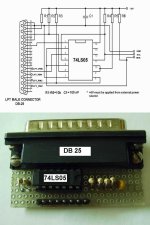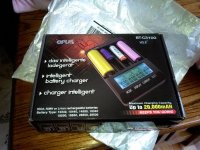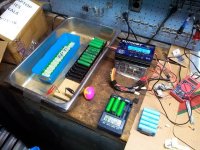Skrzypas
10 W
It would be convenient to make a bulk capacity test (balance charge, bulk discharge) on a laptop battery without opening it.
In this way you could save time on destroying a battery with all bad cells. Also this would severely increase safety of shorting bare cells lying on the table.
Anybody understands those schemes?
In this way you could save time on destroying a battery with all bad cells. Also this would severely increase safety of shorting bare cells lying on the table.
Anybody understands those schemes?





